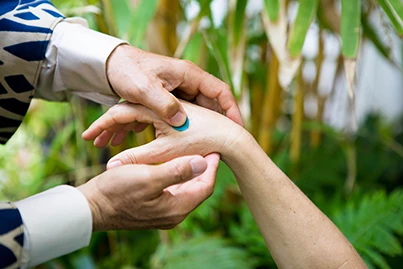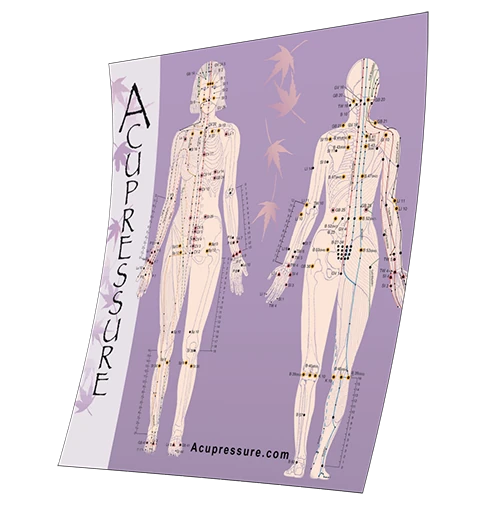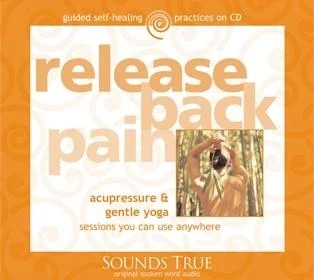Most people experience some relief fairly quickly once they learn to use Acupressure points. However, people with a history of chronic pain usually have waves of progress as well as setbacks. So do not expect an immediate resolution of chronic pain.
From Michael Gach's clinical experience, he's found that people with chronic pain must consistently practice the methods of Acupressure pain relief. These techniques are holding points, specific stretching exercises, and deep breathing. It does take work to relieve pain naturally, without drugs.
To learn these methods for reducing chronic pain, check out the fully-illustrated book,
Acupressure Pain Relief (with 400 illustrations). It’s available both as a printed book and an eBook. You’ll also find a number of techniques to use Acupressure to relieve pain in many areas of the body.
Besides relieving pain, Acupressure points can help rebalance the body by dissolving tensions and stresses that keep it from functioning smoothly and that inhibit the immune system. Acupressure enables the body to adapt to environmental changes, to resist illness, and to promote overall health and well-being.


 DVD • Download • Rent
DVD • Download • Rent Audio Details
Audio Details Printed Book • eBook
Printed Book • eBook